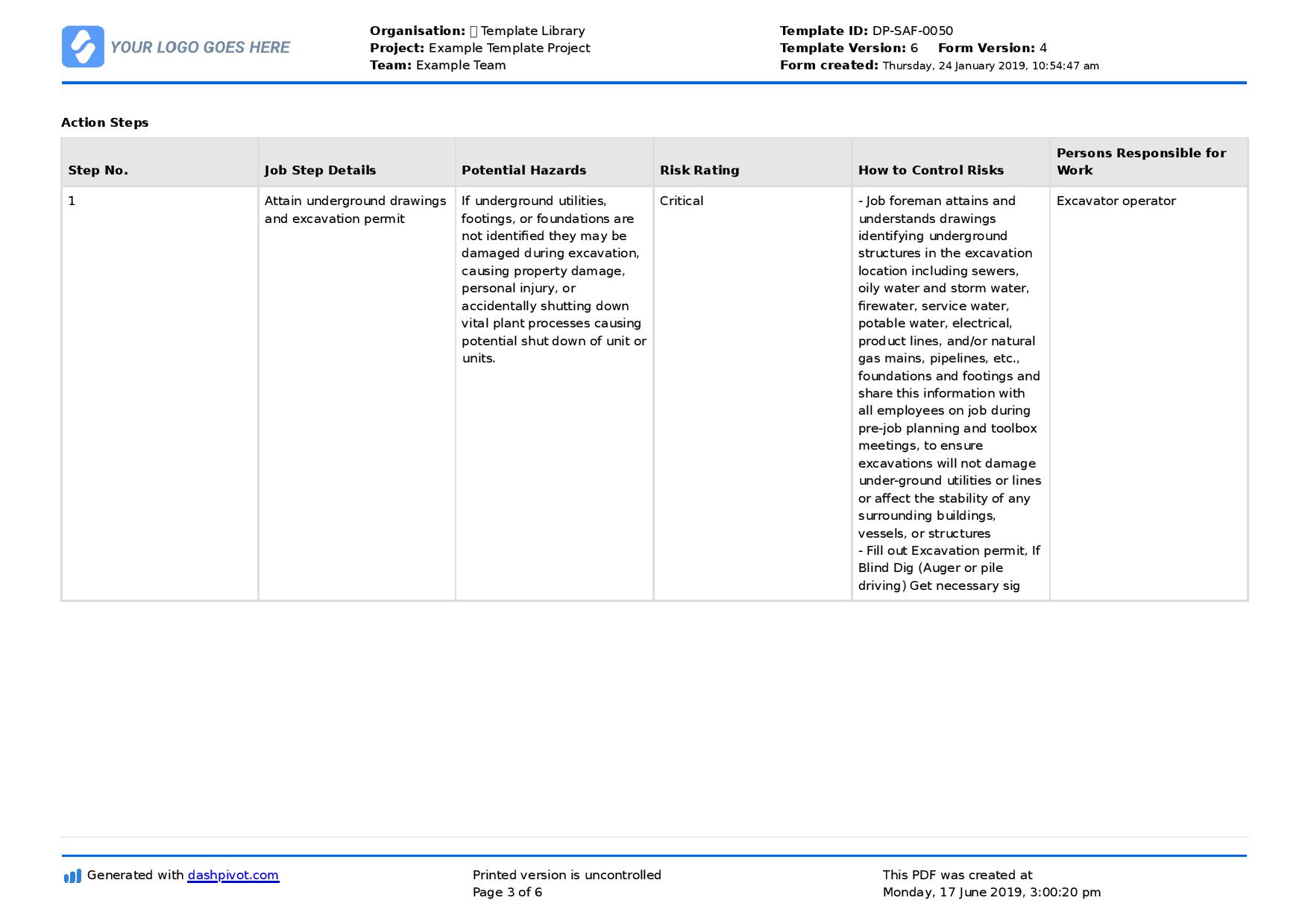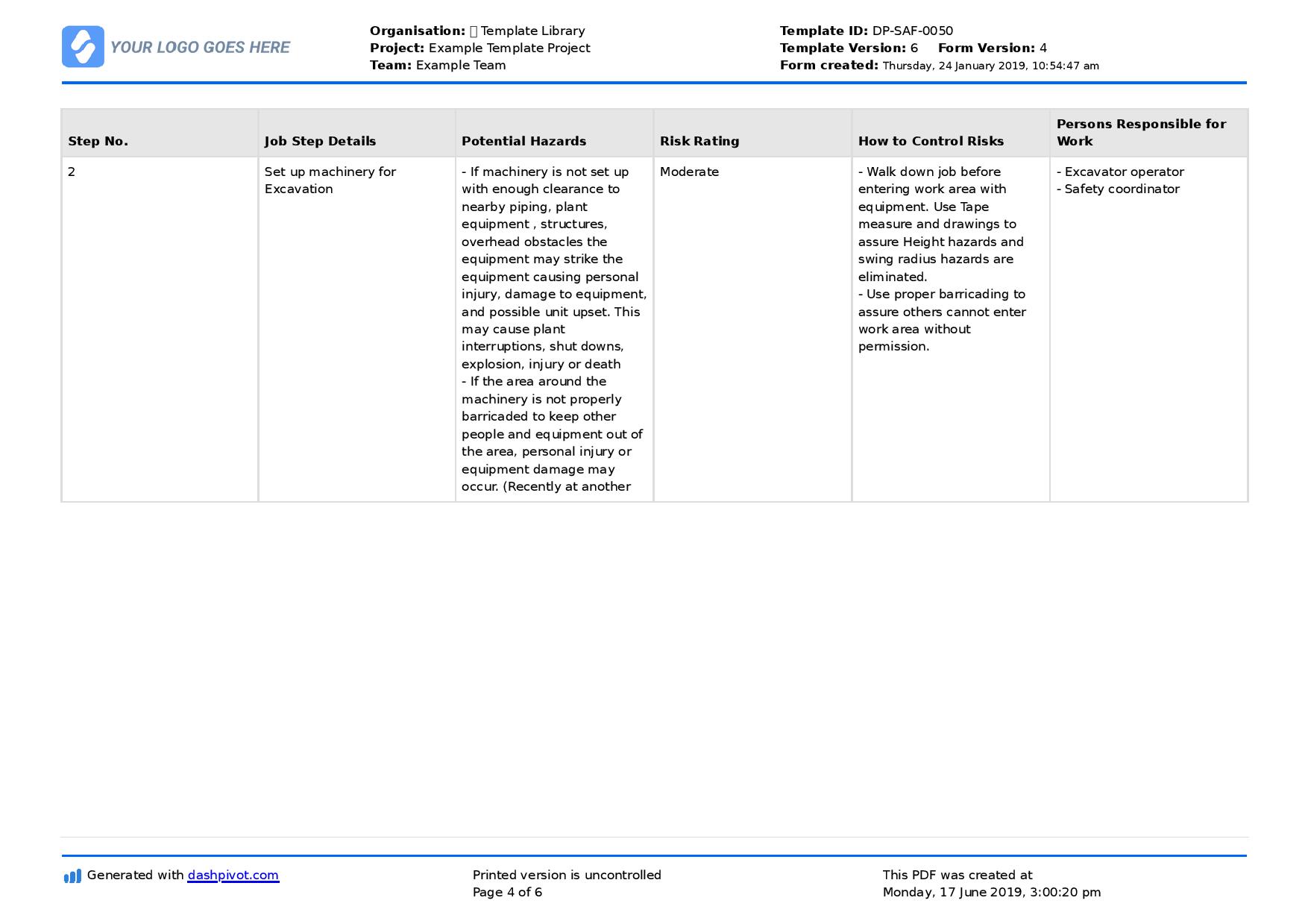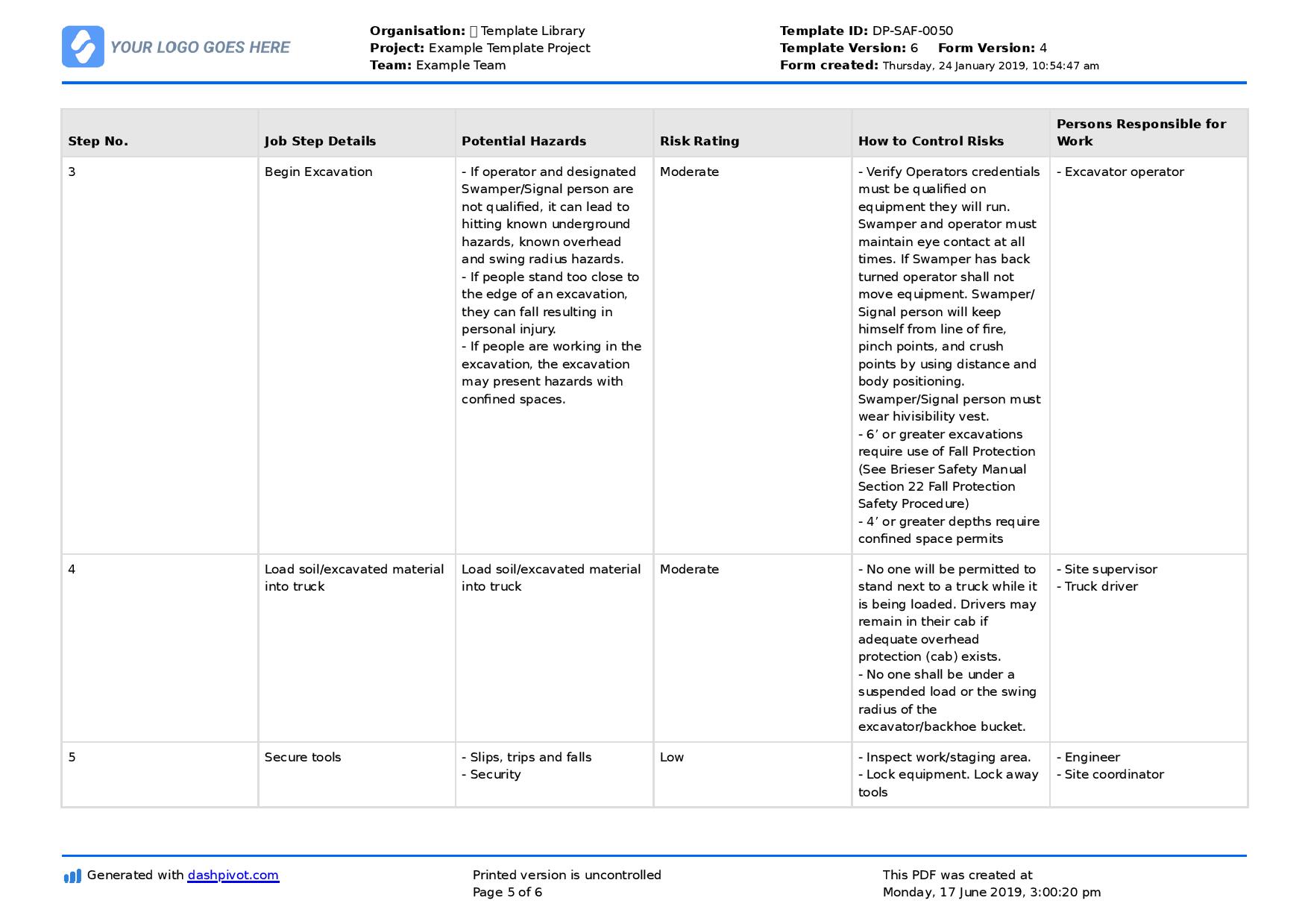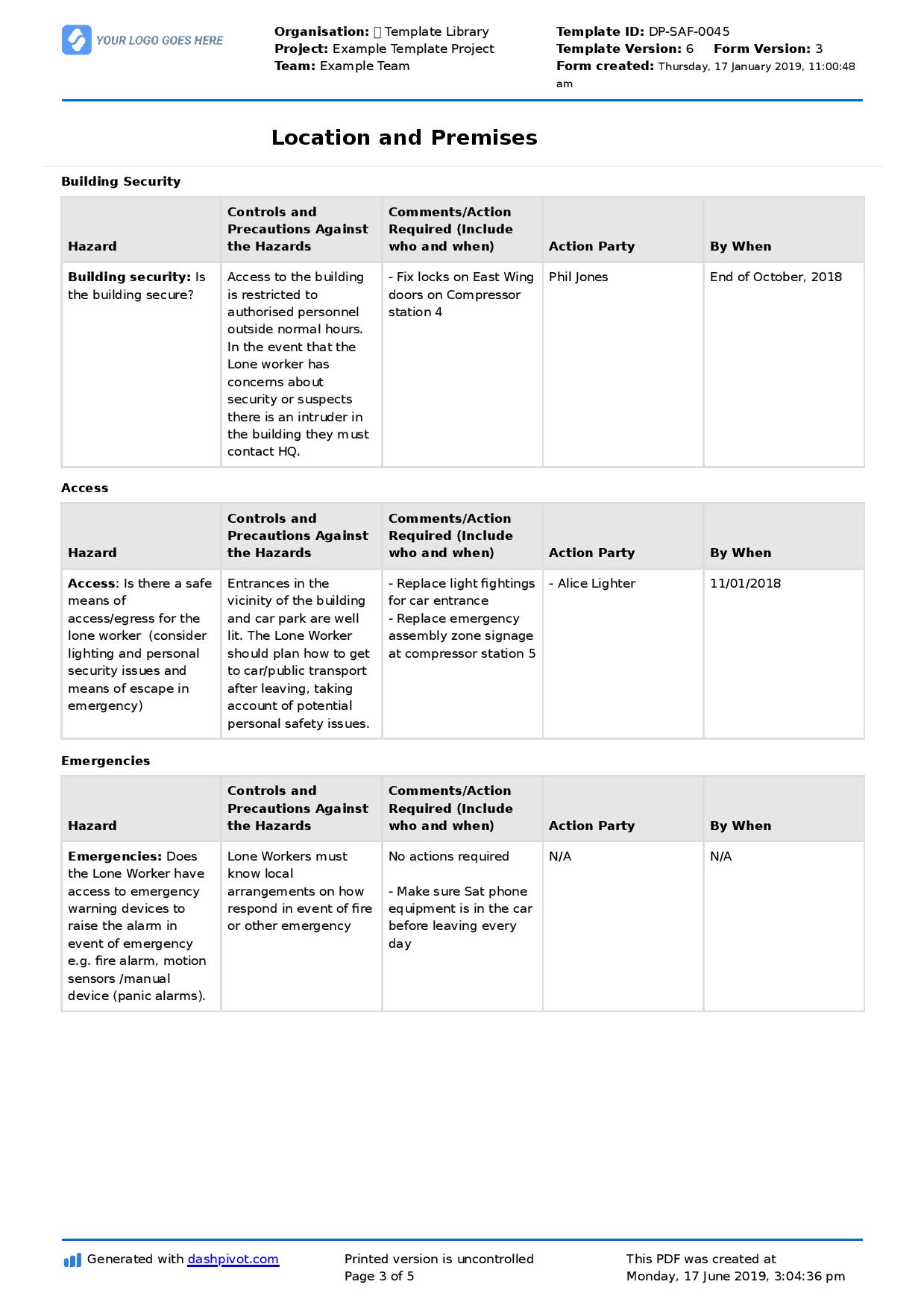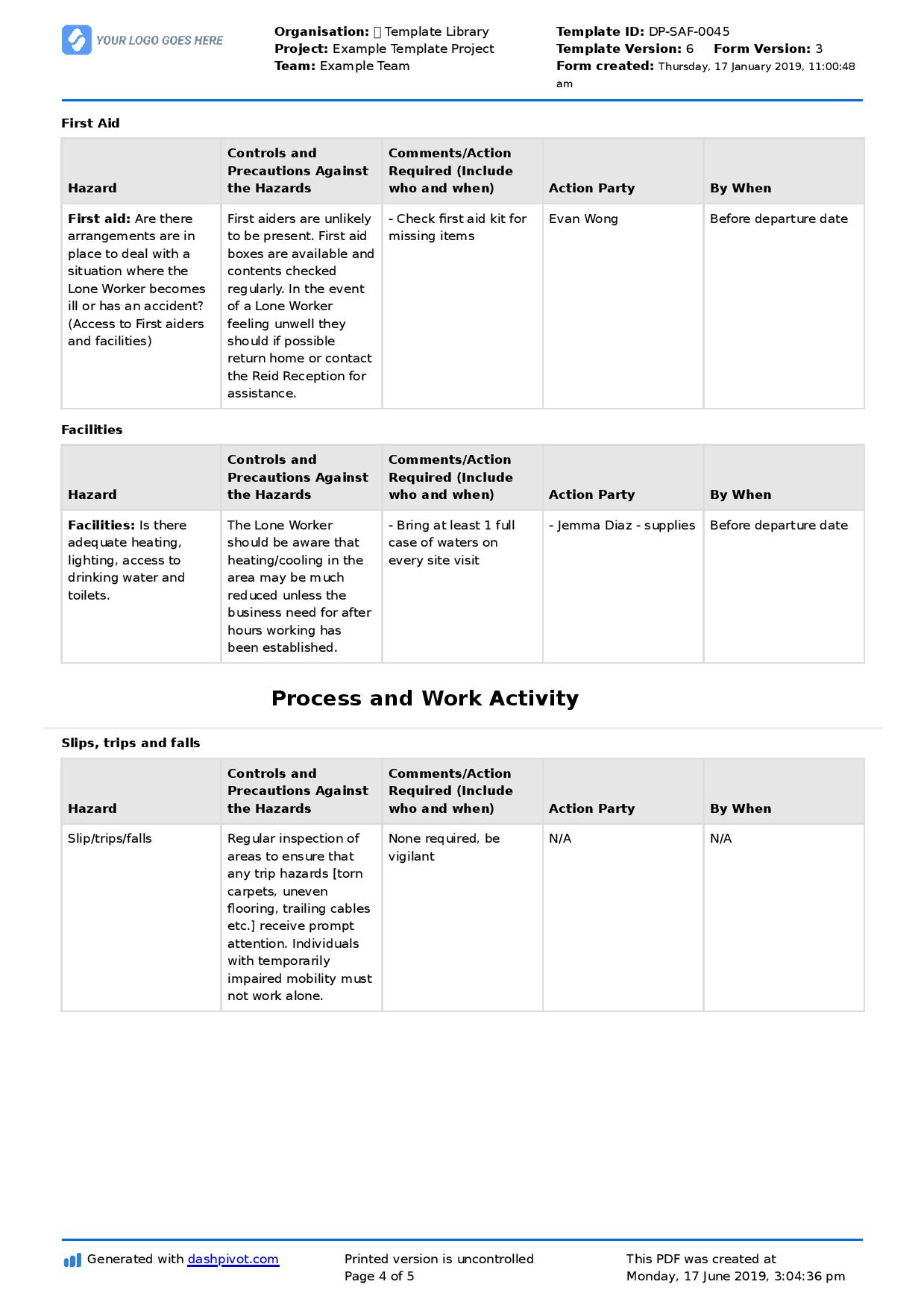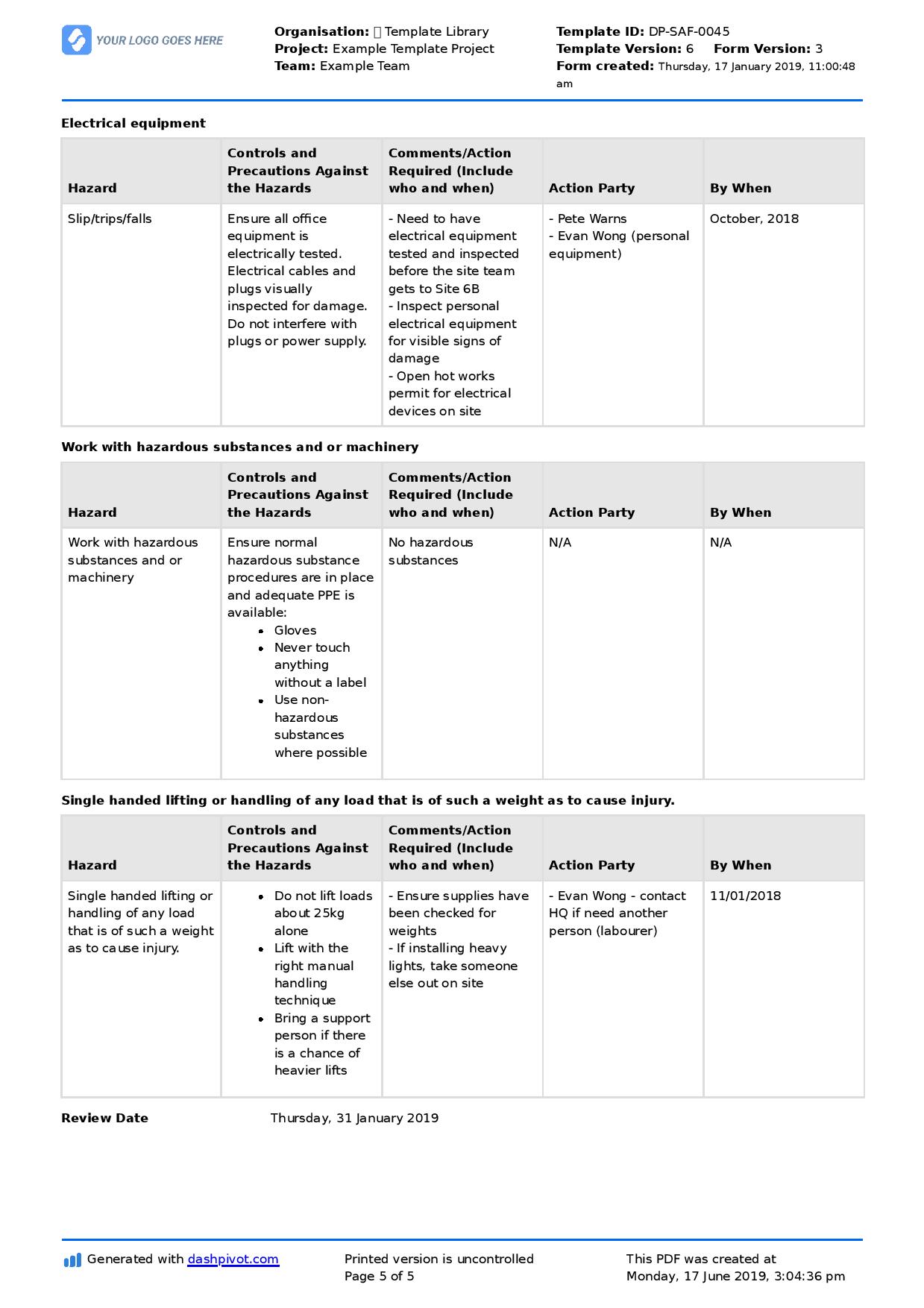Safety – Difference between JSA and risk assessment

Here's the difference between JSA and risk assessment
What is the difference between a JSA and risk assessment?
JSA's and risk assessment often get confused or used synonymously with one another, but there is a tangible difference between a JSA and risk assessment which makes it important to differentiate them in your processes and procedures.
The main difference between a JSA and risk assessment is scope. A JSA involves specific job risks and typically focuses on the risks associated with each step of that task. A risk assessment gives a higher-level or broader view of all operational risks across and entire business, project or type of activity.
To zoom in on the difference between a JSA and risk assessment, we can look at the definition of each:
Job safety analysis -
A job safety analysis is a formal process which identifies the dangers associated with a specific job. The process typically involves breaking down the job into a series of steps, and then understanding and controlling the hazards associated with each step.
Risk assessment -
A risk assessment is a formal safety process which identifies all of the risks associated with an activity or operation. Once identified, each risk is analysed on a couple of important dimensions, and then controls are put in place to mitigate or eliminate as many risk as possible - using the analysis to prioritise certain risks.
As you can see from the above explanations, the key difference between the JSA and risk assessment is the level of scope.
So what does a JSA look like?
The best way to see the difference between JSA's and risk assessment's for yourself is to see an example of both.
Below, we have a JSA example (here's some more JSA examples).
As you can see from this JSA, the JSA is referencing a specific job, which is an excavation by mechanical means on a Gregory Street project.
The job is then broken down into a series of steps as described above. In this case, the steps involve:
- Attaining drawings
- Setting up machinery
- Beginning excavation
- Loading excavated materials
As you can see from the above example, the difference between a JSA and risk assessment is becoming clearer, with each step of this specific activity outlined in the JSA.
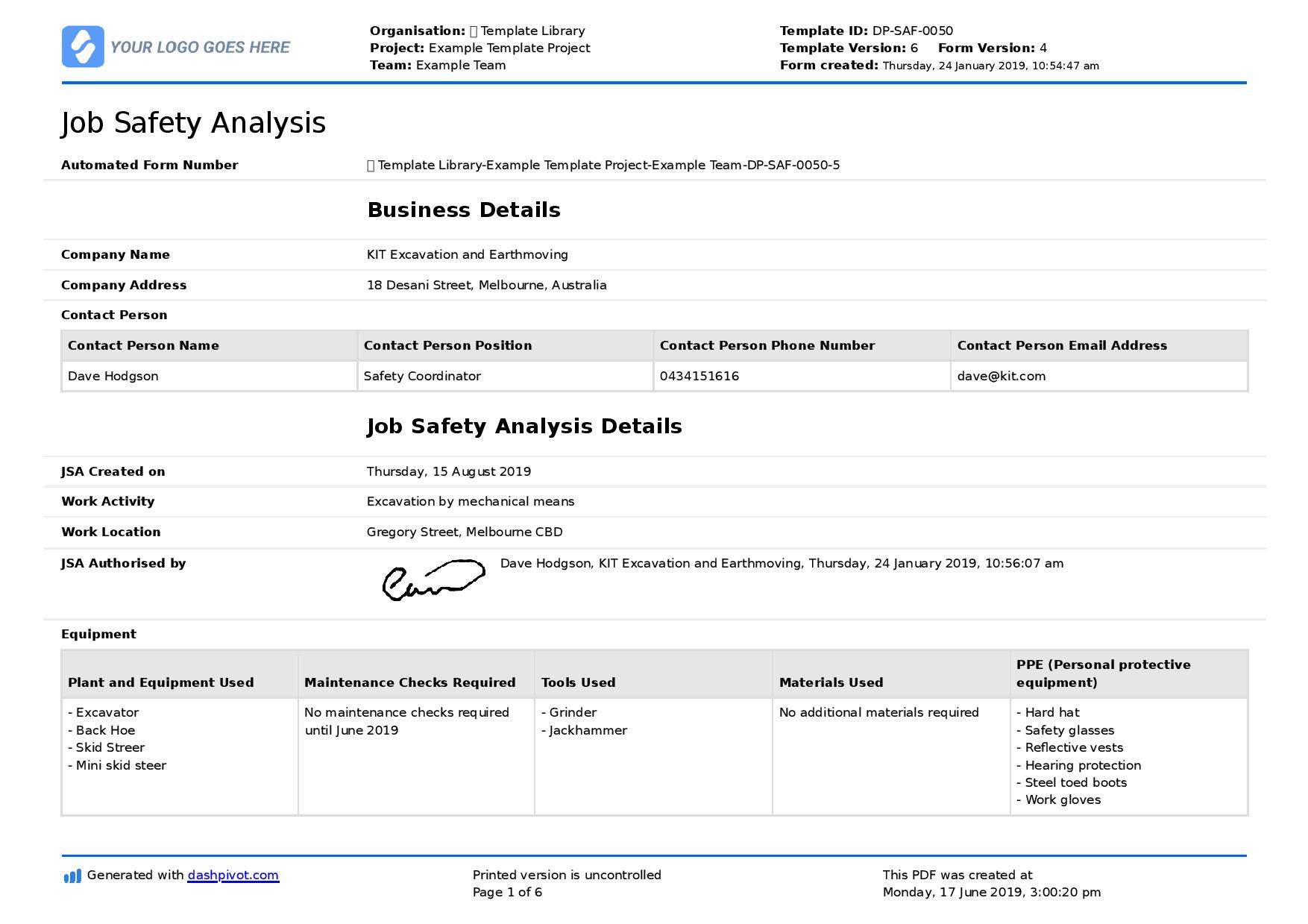
Use this JSA framework for free.
And what does a risk assessment look like?
To get an even clearer picture of the difference between a risk assessment and JSA, let's also look at a risk assessment.
Risk assessments may be performed for a specific project, or for a specific activity or operation which takes place at regular intervals for a company or worker.
In this case, our risk assessment is for lone working. The difference between this risk assessment and the JSA you saw above is that this risk assessment is more broad and operational.
The example below is describing the risks associated wit an activity - lone work - but it is likely completed at the start of a year or new project to identify the risks associated with performing that activity at any time. A similar risk assessment for this type of activity may be performed again next year or when a new worker starts on the project, but it is not as job specific.

Use this risk assessment framework.
Organising your JSA and risk assessments in a way which ensures they are treated differently
The difference between a JSA and risk assessment can be further confused when the two processes or templates which dictate the processes are blurred too.
Many companies which rely on paper-based forms and physical folders make it difficult for people to access and complete the right processes, because everything can be easily confused, changed and mixed.
Organising your JSA and risk assessment through safety software or a risk assessment app makes it infinitely easier for someone to understand the difference between them.
When organised properly, a worker can simply open the safety system and access the JSA when they are completing a JSA, or access the risk assessment template when creating a new risk assessment.
This way, people are always accessing and doing the right procedure for the right tasks, and data and information remains standardised and accurate.

Both JSA's and risk assessments are very important, as are all of your safety processes.
On top of performing your safety tasks and processes, it's important that everyone is on the same page when it comes to what each processes and activity is, and what it is meant for.
It's easy to get confused by safety procedures, along with many other aspects of work. Construction acronyms and jargon-like terms make it hard to interpret and understand the nuance of many activities.
Creating consistent and reliable processes is the easiest way to ensure people understand the difference between a JSA and risk assessment, and can easily access and do the right job whenever required.
After this article, hopefully you better understand the difference between a JSA and risk assessment.
People in 80+ countries use this safety management system to streamline JSA's, risk assessment and other different processes too.


